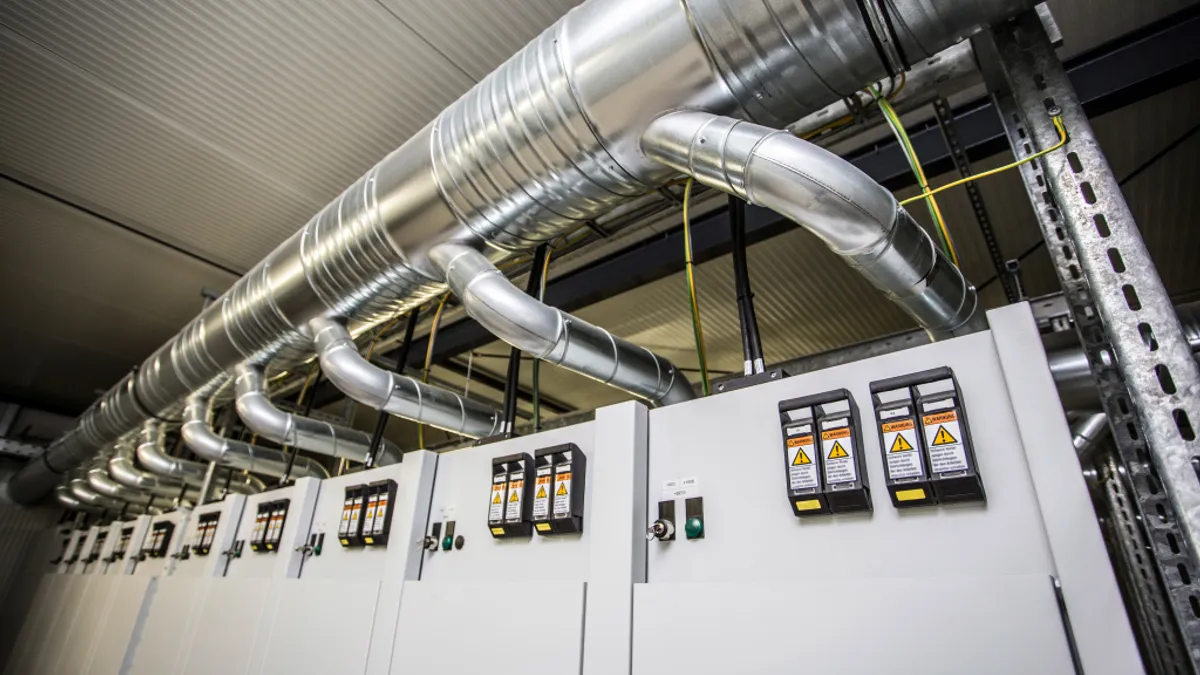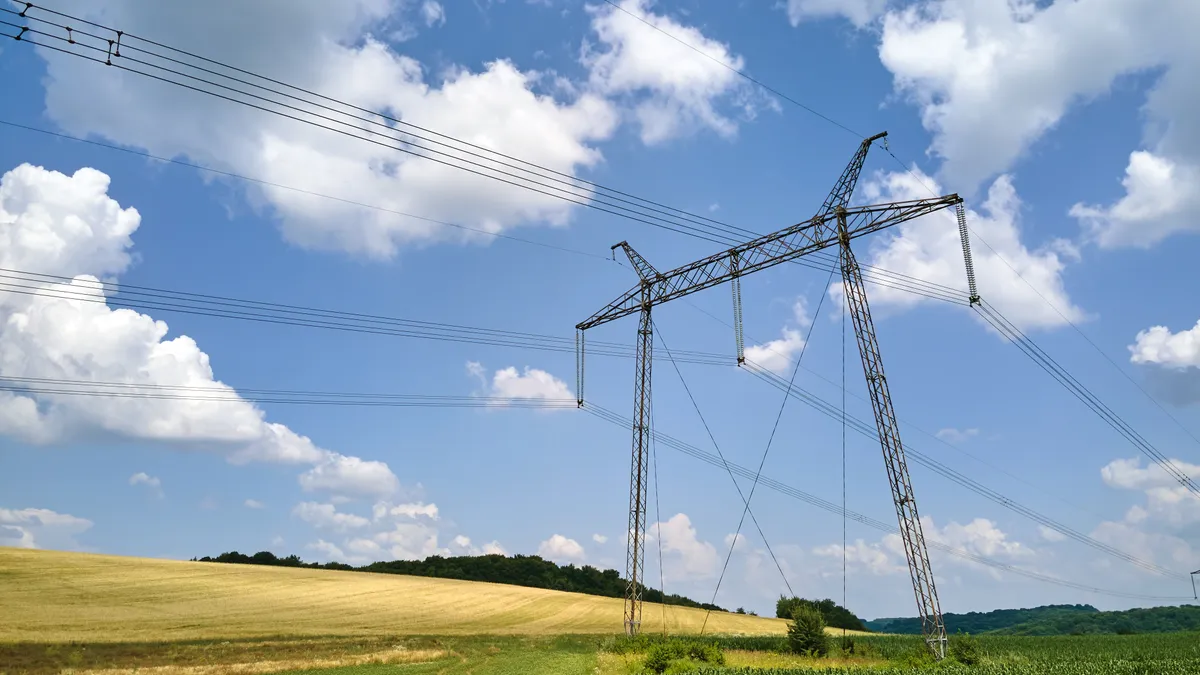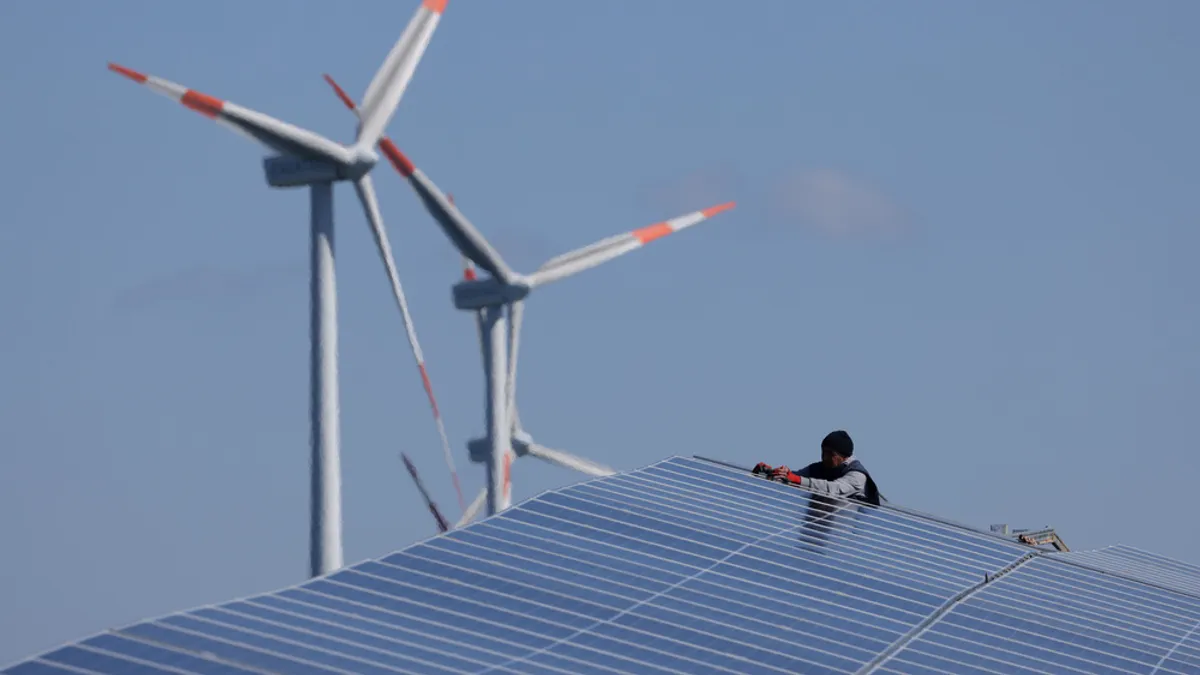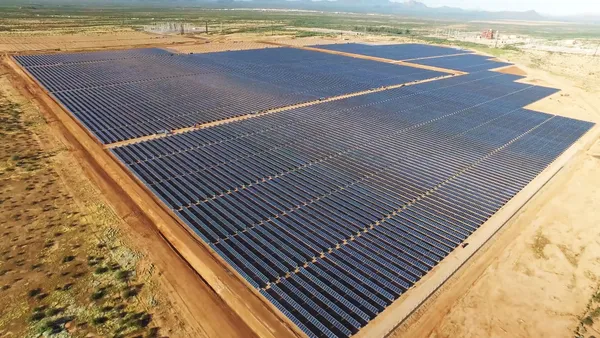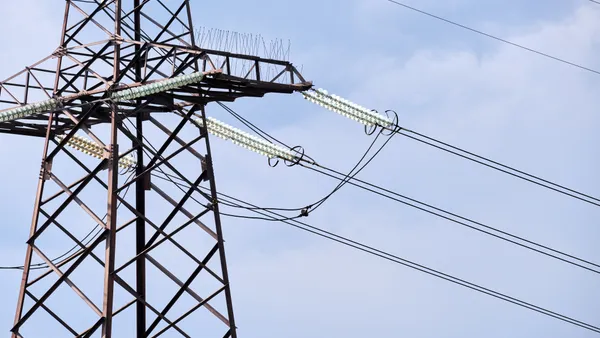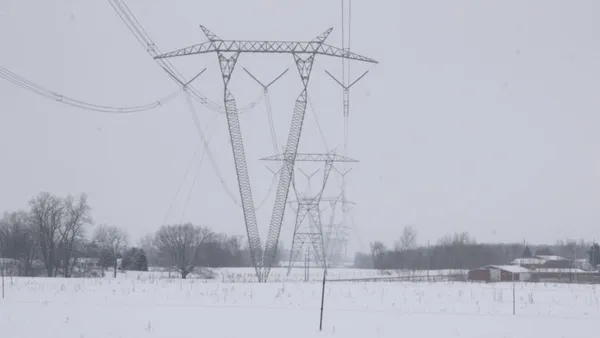Dive Brief:
-
Daimler and its Mercedes-Benz Energy subsidiary have turned a former coal plant in Germany into an 8.96 MW, 9.8 MWh energy storage facility.
-
The facility, in Elverlingsen, will act as a "live replacement parts store" for Daimler’s fleet of third generation electric smart cars, the company said in a statement.
- The storage facility will also supply energy to the German grid to provide primary balancing power.
Dive Insight:
Automakers like Daimler have been eager to leverage their battery operations connected with their electric vehicles (EV) programs. Late in 2016, Daimler hired Boris von Bormann, a former top executive at Sonnen, to launch Mercedes-Benz Energy Americas to market batteries to residential, commercial and utility consumers.
Daimler says the Elverlingsen facility will provide "efficient double usage of battery systems" that will improve "the life cycle assessment" and the life cycle costs of its EV program.
In other words, the stationary storage facility is a warehouse for electric vehicle batteries that also provides revenues from the batteries while they are being stored. The 1,920 lithium-ion batteries at the Elverlingsen plant are for Daimler’s third generation smart car.
Daimler is now selling its fourth generation smart car, and no longer sells the third generation. And, as li-ion technology changes, those batteries will no longer be available from manufacturers.
Daimler calls the Elverlingsen facility "a fountain of youth" for the battery systems because they are used in a deliberate, battery-conserving regime of charging and discharging that keeps the batteries ready for service if they are needed as a replacement part. At the same time, the energy storage system can provide "an attractive business case" by securing compensation for providing the grid with primary balancing power. It is a solution that “kills two birds with one stone,” Daimler spokeswoman Madeleine Herdlitschka told Utility Dive.
The Elverlingsen plant, which was built in conjunction with GETEC ENERGIE and The Mobility House, is the third such storage facility for Daimler. The automaker opened a 12.8 MWh second life battery storage plant in Lunen in 2016, and in 2017 brought a 17.4 MWh replacement part energy storage facility in Hanover online.
The Hanover facility, like the new Elverlingsen plant, warehouses batteries. The Lunen facility makes use of batteries that are no longer suitable for use in an EV. Herdlitschka said Daimler is pursuing both strategies for its batteries.
When available, former generating plants make good sites for large energy storage facilities because of their location at a critical juncture on the grid and their access to grid connections.
In 2016, Younicos selected the former Roosecote coal- and gas-fired station in Barrow-in-Furness, Cumbria, U.K., for a 49-MW battery storage system that will be owned and operated by Centrica and used for frequency regulation.
That same year, AES Energy Storage brought a 20 MW, 20 MWh storage facility online at the site of Indianapolis Power & Light’s former coal-fired Harding Street station in Indianapolis.
Daimler is not the only automaker to focus on energy storage.
In 2016, BMW also announced plans to bring to market a home storage system based on batteries from its i3 EVs. And in 2017, both Audi and Nissan announced plans to enter the residential energy storage market.
In May, however, Daimler confirmed to Energy-Storage News it was exiting the residential energy storage market. Automotive batteries far exceed the performance requirements of home storage systems, Daimler noted. Instead, the company said it was shifting its focus to the grid-scale energy storage market.


